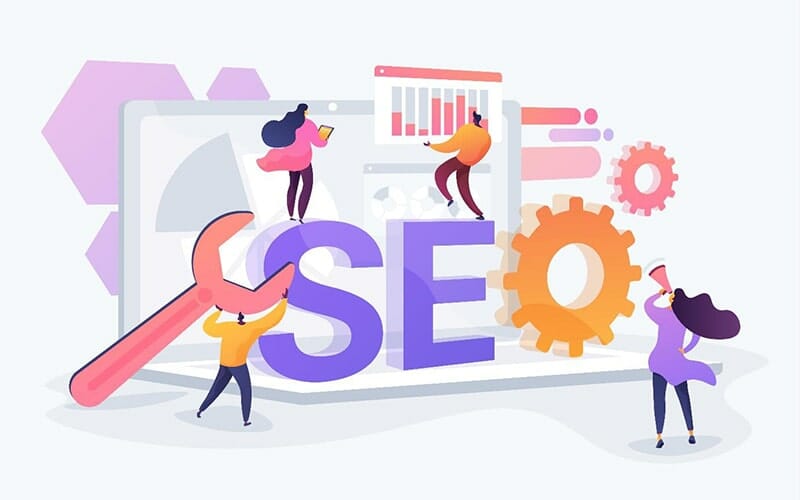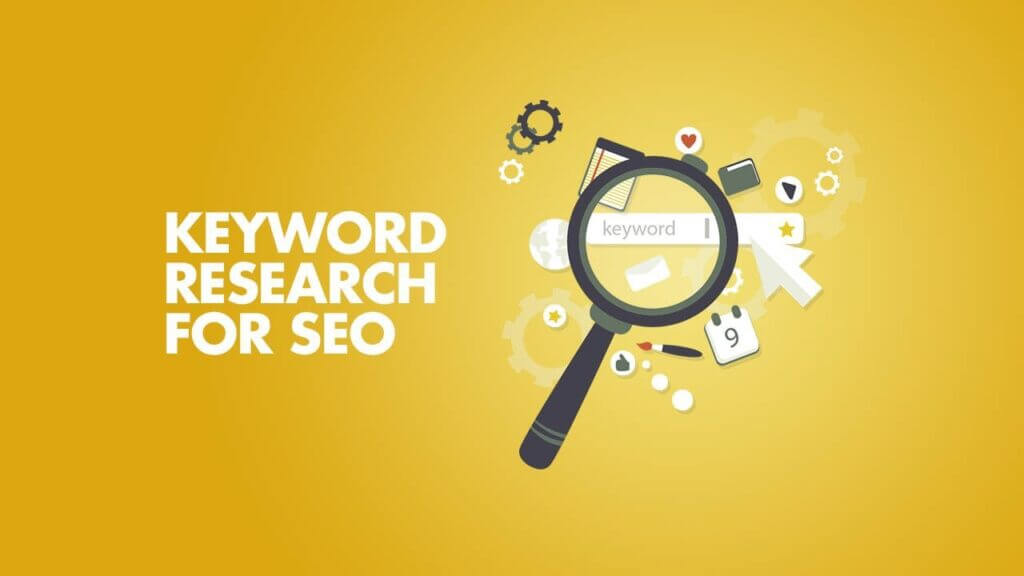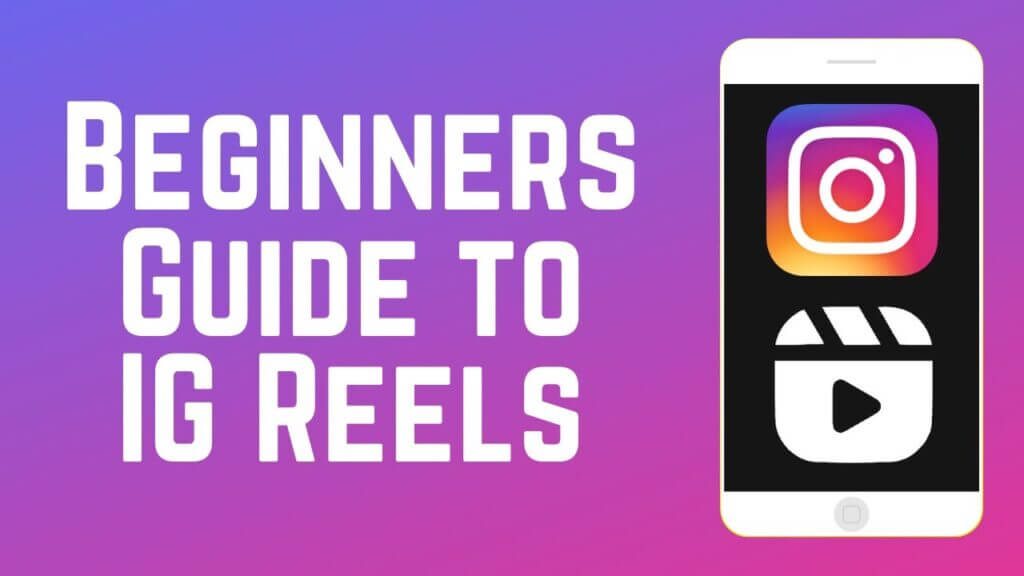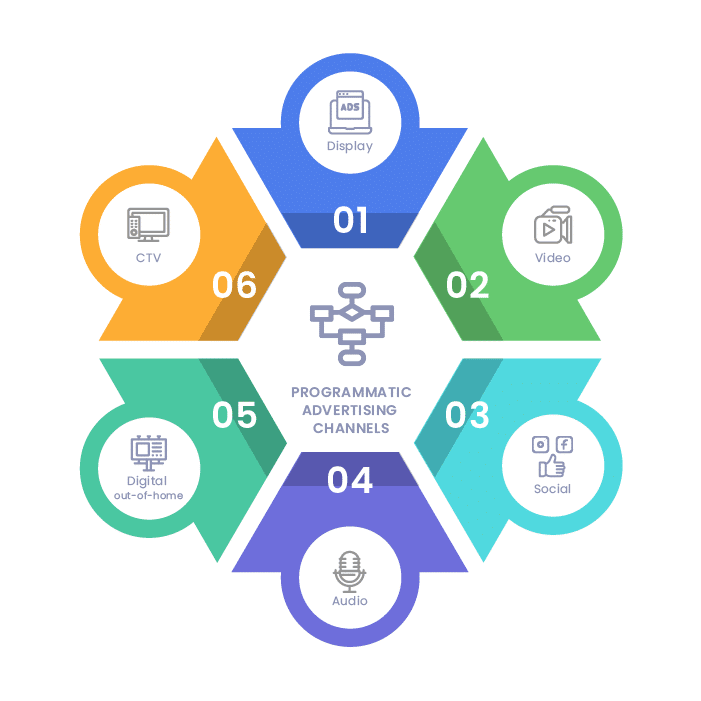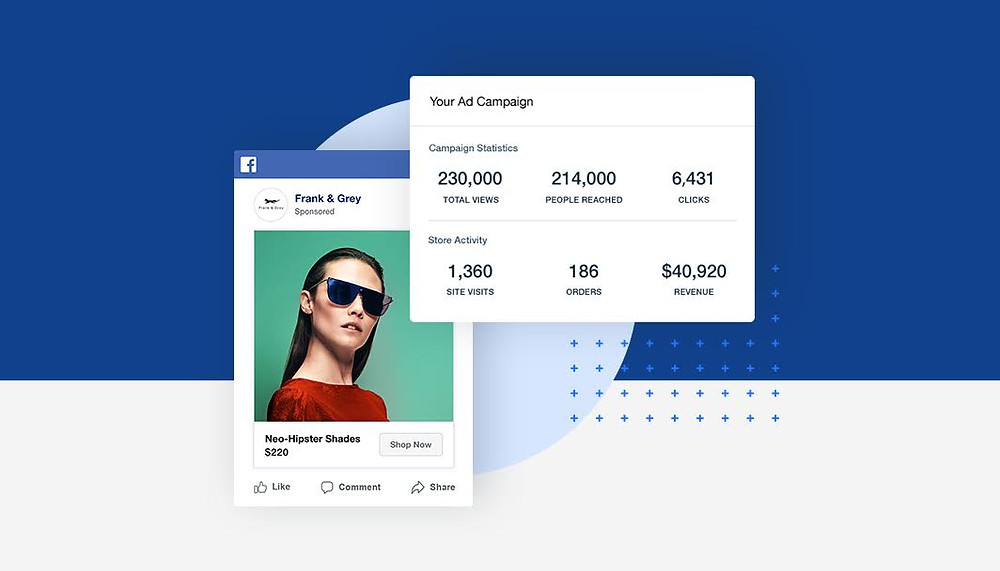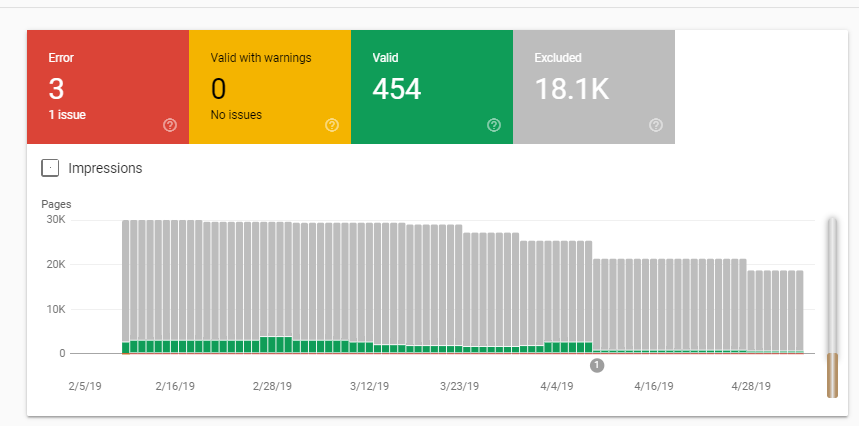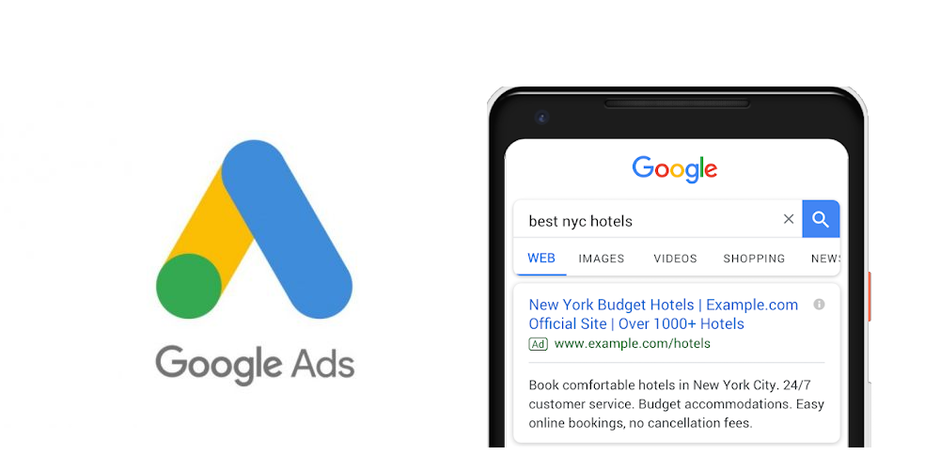If you’re like most business owners, then COVID-19 has forced your business into change. And it’s not just businesses affected; it’s a change in our economic, personal, and societal ways.
The speed of this change hasn’t been seen since war, and most businesses and companies are facing a shift and uncertainty about what the future will look like.
But one thing for sure is the future is looking digital. This means you need a digital recovery plan or your business moving forward.
Since the day to day has changed in your business, use this time to look for opportunity, change and progression.
The time to plan for recovery is now and not when it’s time to recover.
The future is digital, so here are 4 ways to plan the digital recovery of your business.
01. Ensure you’re nurturing customers and potential prospects.
In these current times, it’s all about communication. So ensure to keep engaged with your clients,
customers and prospects so you can pave the way back to a more successful return to business as we know it.
Believe it or not, how we consume media, social media and the internet is dramatically changing. With more people at home, media consumption is increasing, and the times of use are changing as well. With more people online communicating with work colleagues, friends and family, it’s an opportunity to keep the connection up with your current clients and customers too.
Nurture your current clients and customers but ensure to continue overall target audience nurturing as well. When we’re on the other side of the COVID-19 pandemic, you don’t want to start from the beginning with your digital marketing strategy. You want to ensure that your online strength and presence is steady and continuous throughout this time.
There are various channels to do this on. There are paid and organic channels to maintain a dialogue through social media.
People turn to social media for entertainment, engagement, conversation, news and socialising. Which means social is an excellent organic way to engage, communicate and update your target audience. Ensure the content you’re delivering is compelling, and it’s best to keep content lighthearted, informative and uplifting during current times as people are looking for support.
But start to think outside the box because many businesses are turning to social media to maintain a connection. So think of ideas like useful tips, competitions or surveys to ensure you’re standing out from your competitors and keeping top of mind.
02. Review your website
There’s no time better than the present to get your website looking and functioning the best it can.
Website usability is critical to its success. So ensure the navigation is convenient and easy to use, and the transactional path is direct because people are now used to things being a click away. Which means if your website isn’t user friendly, then visitors will leave it quickly, and this bounce rate will negatively impact your SEO.
It’s time to go mobile-friendly
More than 50% of website traffic in many fields comes from mobile devices and not desktop computers. Which means your website must be mobile-friendly, load fast and be user-pleasant for smartphone and tablet devices. Ensure your website loads clearly, and it’s simple to navigate when loaded on various sized mobile screens.
Develop content which will increase your website’s traffic
Think about your target audience and what information would currently benefit them. Generating dependable, engaging and informative content like blogs, articles, and even eBooks can drive more traffic to your website building your online authority, presence and keeping your front of mind.
3. Improve Your Site’s SEO
Once your website has enhanced usability, and it’s mobile-friendly, then it’s time to ensure your website gets found.
Begin with conducting an audit of your site.
Believe it or not, even small technical errors on your website can prevent it from getting indexed easily by Google and other search engines. But an audit can spot website errors fast, so your SEO isn’t affected.
You want to ensure your website traffic get boosted and you’re creating the best user experience on your site that you can.
The purpose of SEO is when potential customers search for something related to your business that the keywords they type into a search bar places your website in a first-page position.
Given the current circumstances, businesses may be focusing more on survival but maintaining and working towards excellent SEO will help your business for a digital recovery faster.
Because excellent SEO allows you to be ready, get in front and get found once things recover.
The best news is that SEO can get worked on from anywhere and you don’t need to be in the office. All you need is a computer and highly skilled SEO experts looking after your strategy.
Even if your business has gone into a pause, for now, solid SEO will help your recovery and rebuild.
04. Develop a paid digital marketing plan for relaunching when the business and economic landscape improves.
It may seem illogical to develop a paid strategy in the middle of an economic downturn; however, delaying forming a plan may leave you at a competitive disadvantage and a struggle to get it together last minute.
It’s time to plan and think about Google Ads because launching a competitive and thorough strategic strategy will help supercharge your robust SEO Sydney.
If you have current ads, start to monitor their best-performing times of them; go to the overview of your Google Ads dashboard and look at the day and time you’re getting the most conversions. These statistics will help you aim for the best time to target your traffic.
If you don’t have ads running currently, then a decisive step is to monitor your best-performing keywords on your website so you can leverage those.
With this sort of preparation, you’ll be ready to go once it’s time to return your pay-per-click advertising or begin it. So you can get digitally back on track fast and ahead of your competitors.
And finally, don’t forget about a Facebook Ads strategy as well.
Facebook is a powerful way to drive traffic straight to your website. It’s a significant step as part of your digital recovery plan to get traffic there.
You can begin by organizing and updating your Facebook business page to make it easier for people to get through to your website and checking all relevant information is available.
Furthermore, the engaging content and blogs you’ve added to your website, get these shared on your Facebook page to drive engagement too. And don’t forget to make the content juicy and sharable so it gets in front of more eyeballs.
Facebook has many options for targeting ads and getting more reach among current customers as well as look-a-like audiences who are interested in what you’re selling and targeting ads to people who like your competitors.
With keeping active on the platform, you’ll be ready to start a Facebook Ads campaign which will drive traffic to your website and entice your ideal customers.
So, finally, we know the storm will pass.
This means it’s time to see this as an opportunity for your business’s digital marketing recovery. Hence, you’re ready and ahead of the competition when things return to how we remember them.
Have you started your digital recovery plan?
Let us know in the comments below. We’d love to hear about it.
And don’t forget to share this post if you think it will help others.
Need help planning your digital recovery?
Whether it’s improving your website, SEO, Google Ads, or Facebook ads, contact our team at Search Marketing Group® as we’re continuing to help businesses ride out the storm and prepare for their recovery.








